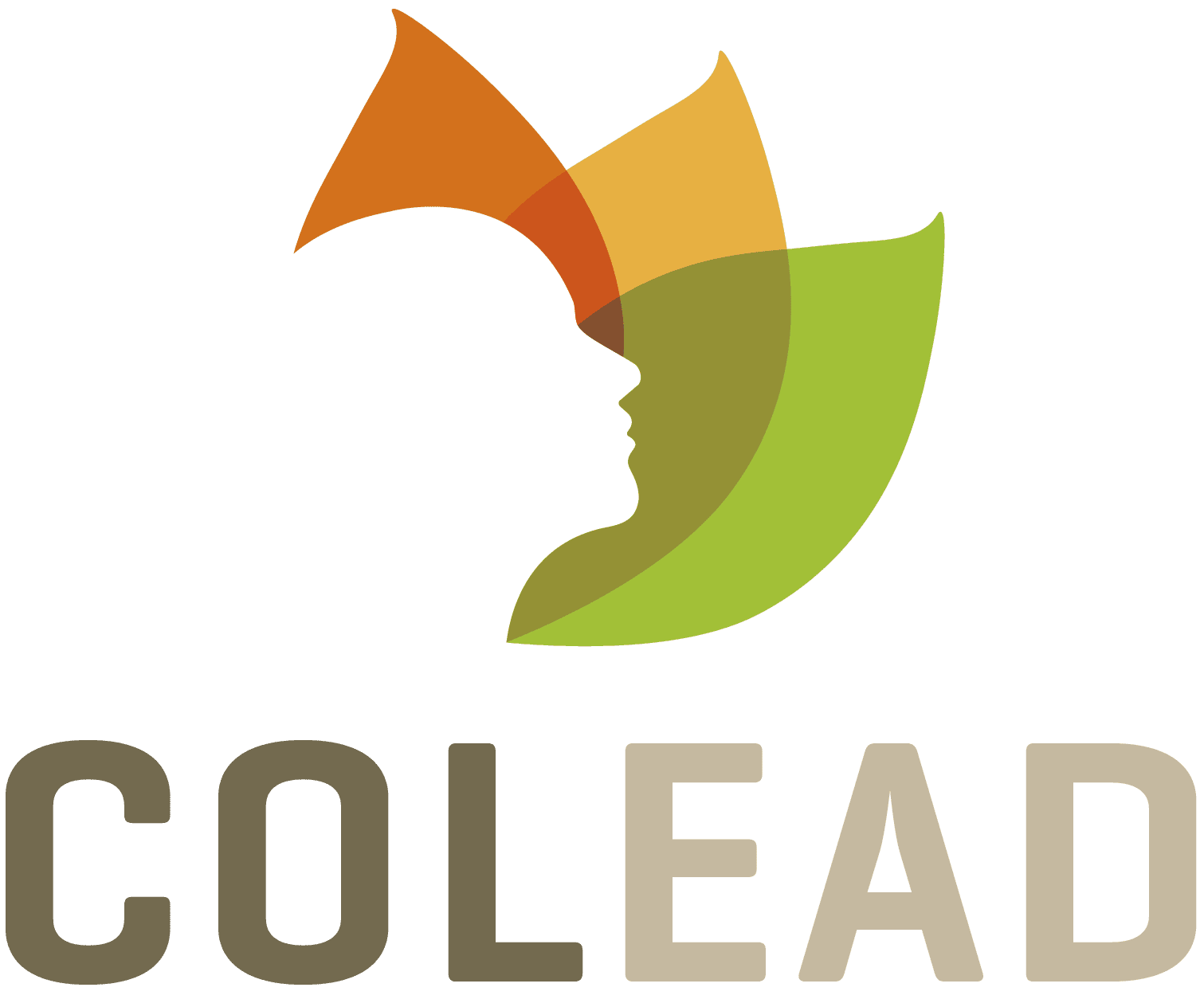Food contact materials explained
Published by AGRINFO on
A summary overview of the EU’s legal framework for food contact materials
Regulation (EC) No 1935/2004 of the European Parliament and of the Council of 27 October 2004 on materials and articles intended to come into contact with food and repealing Directives 80/590/EEC and 89/109/EEC
Update
A summary overview of the EU’s legal framework for food contact materials.
Background
Regulation 1935/2004 sets out the overall scope and general aims of rules on food contact materials (Art. 1). The Regulation applies to all materials which, in their finished state:
- are intended to be brought into contact with food (e.g. kitchen utensils and tableware), or
- are already in contact with food and were intended for that purpose (e.g. food packaging), or
- can reasonably be expected to be brought into contact with food or to transfer their constituents to food under normal or foreseeable conditions of use (e.g. napkins and table mats).
Basic principles (Art. 3):
- All materials must be manufactured in compliance with good manufacturing practice so that they do not transfer their constituents to food in quantities that could endanger human health, unacceptably change the composition of the food, or lead to a deterioration of its organoleptic characteristics.
- The labelling, advertising and presentation of materials must not mislead consumers.
Regulation 2023/2006 sets out general rules on good manufacturing practice related to quality assurance systems, quality control systems and documentation. It also sets out specific rules on printing inks and quality assurance systems for plastic recycling processes.
Certain food contact materials are covered by specific EU rules:
- Plastic materials – Commission Regulation (EU) No 10/2011 establishes rules on the composition of plastics, and a list of substances permitted for use in the manufacture of plastic food contact materials (including specific restrictions on the use of these substances).
- Active and intelligent materials – Commission Regulation (EC) No 450/2009 establishes specific rules for these materials, which extend the shelf-life of food by releasing or absorbing substances from the food or its environment.
- Recycled plastic materials – Commission Regulation (EU) 2022/1616 establishes the conditions and procedure for the authorisation of recycling processes.
- Ceramics – Commission Directive 84/500/EEC aligns EU Member State laws on ceramic articles intended to come into contact with foods.
- Regenerated cellulose film – Commission Directive 2007/42/EEC sets out conditions for the use of this type of film intended to come into contact with foods.
Resources
European Commission (2013) Union Guidance on Regulation (EU) No 10/2011 on plastic materials and articles intended to come into contact with food as regards information in the supply chain. Updated 2016.
European Commission (2014) Union Guidelines on Regulation (EU) No 10/2011 on plastic materials and articles intended to come into contact with food.
European Commission (2015) Food contact materials.
Sources
Regulation (EC) No 1935/2004


